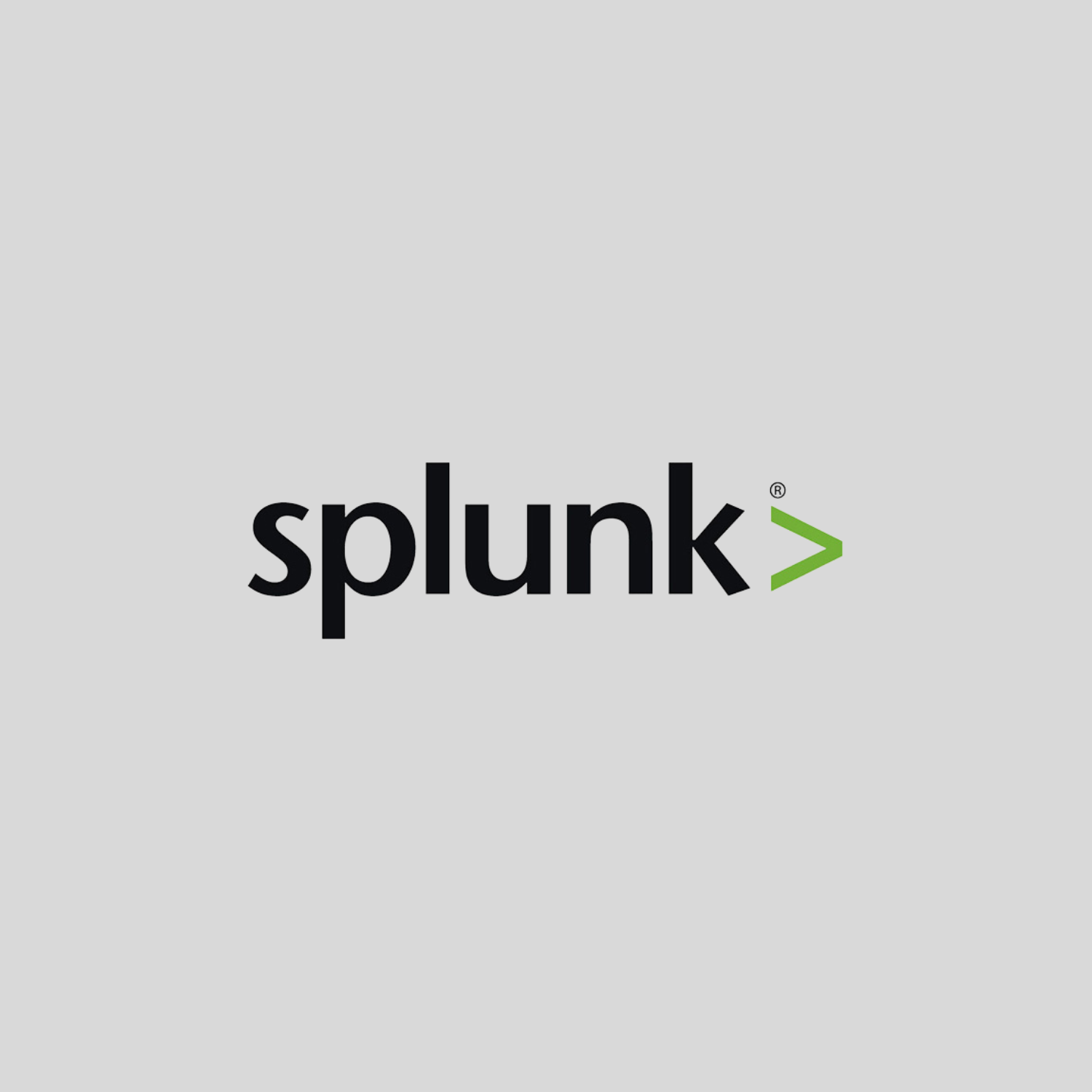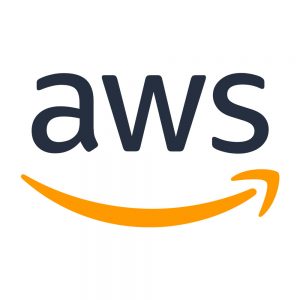Description
Who should attend
Advanced Splunk users, administrators, and developers.
Certifications
This course is part of the following Certifications:
Splunk Certified Developer
Prerequisites
To be successful, students should have a solid understanding of the following modules:
- Fundamentals 1 & 2 (Retired)
- Creating Dashboards
Or the following single-subject modules:
What is Splunk? (WIS)
Intro to Splunk (ITS)
Using Fields (SUF)
Visualizations (SVZ)
Leveraging Lookups and Subsearches (LLS)
Correlation Analysis (SCLAS)
Search Under the Hood (SUH)
Intro to Knowledge Objects (IKO)
Creating Knowledge Objects (CKO)
Creating Field Extractions (CFE)
Enriching Data with Lookups (EDL)
Introduction to Dashboards (ITD)
Dynamic Dashboards (SDD)
Students should also understand the following modules:
Advanced Dashboards & Visualizations with Splunk (ADVS)
System Administration (recommended)
Course Objectives
- Planning Apps
- Creating Apps
- Adding Data
- Enhancing Apps
- Using the REST API
- Packaging Apps
Outline: Building Splunk Apps (BAWS)
Topic 1 – Planning Apps
- Set up a development environment
- Improve app performance
- Identify Splunk log files
- Create a data generator
Topic 2 – Creating Apps
- Create an app
- Configure app properties
- Create app navigation
- Add app icons and logos
Topic 3 – Adding Data
- Identify ways to add data
- Explain modular vs scripted inputs
- Understand data normalization
- Review Add-on Builder
Topic 4 – Enhancing Apps
- Review commonly used knowledge objects
- Learn about custom alert actions
- Build custom workflow actions
- Develop custom search commands
Topic 5 – Using the REST API
- Describe the Splunk REST API
- Extend Splunk with custom REST endpoints
- Review the KV Store and configuration
- Maintain app state using the KV Store
Topic 6 – Packaging Apps
- Create an app setup page
- Define config file precedence
- Validate an app for Cloud with AppInspect
- Package an app



